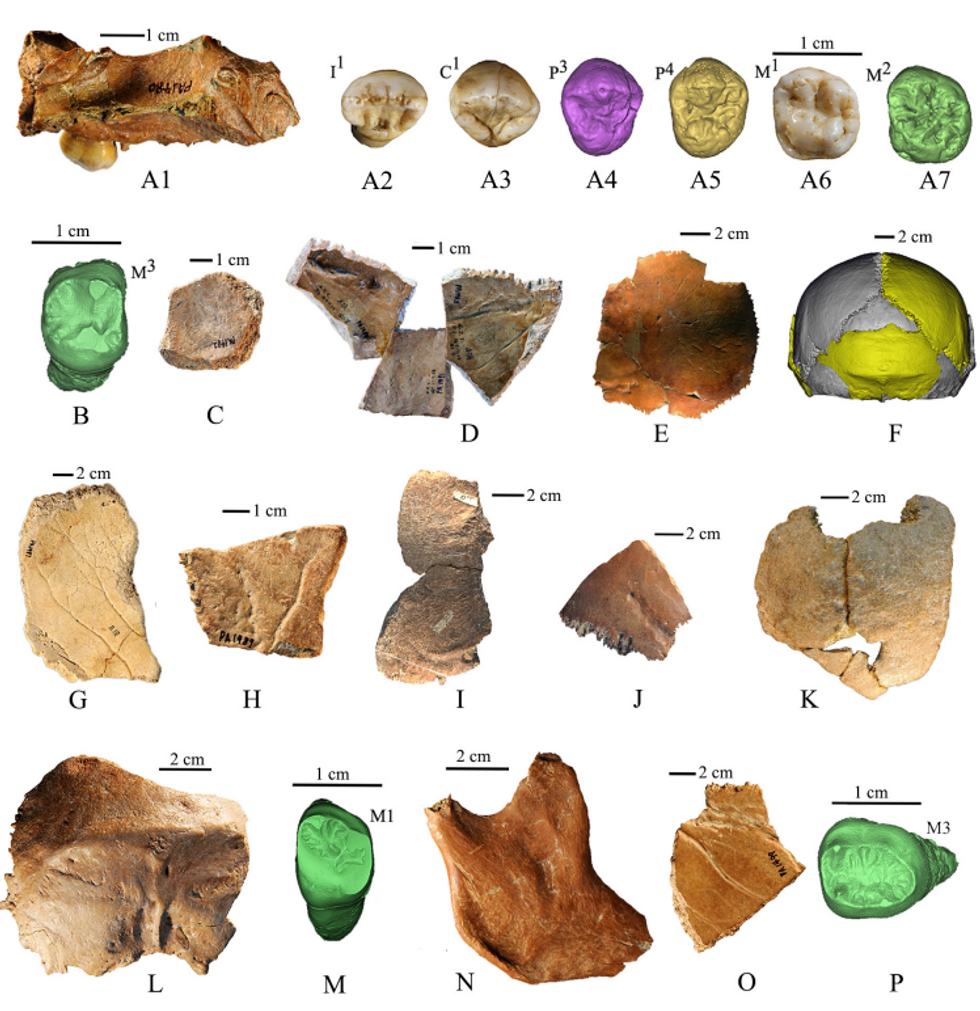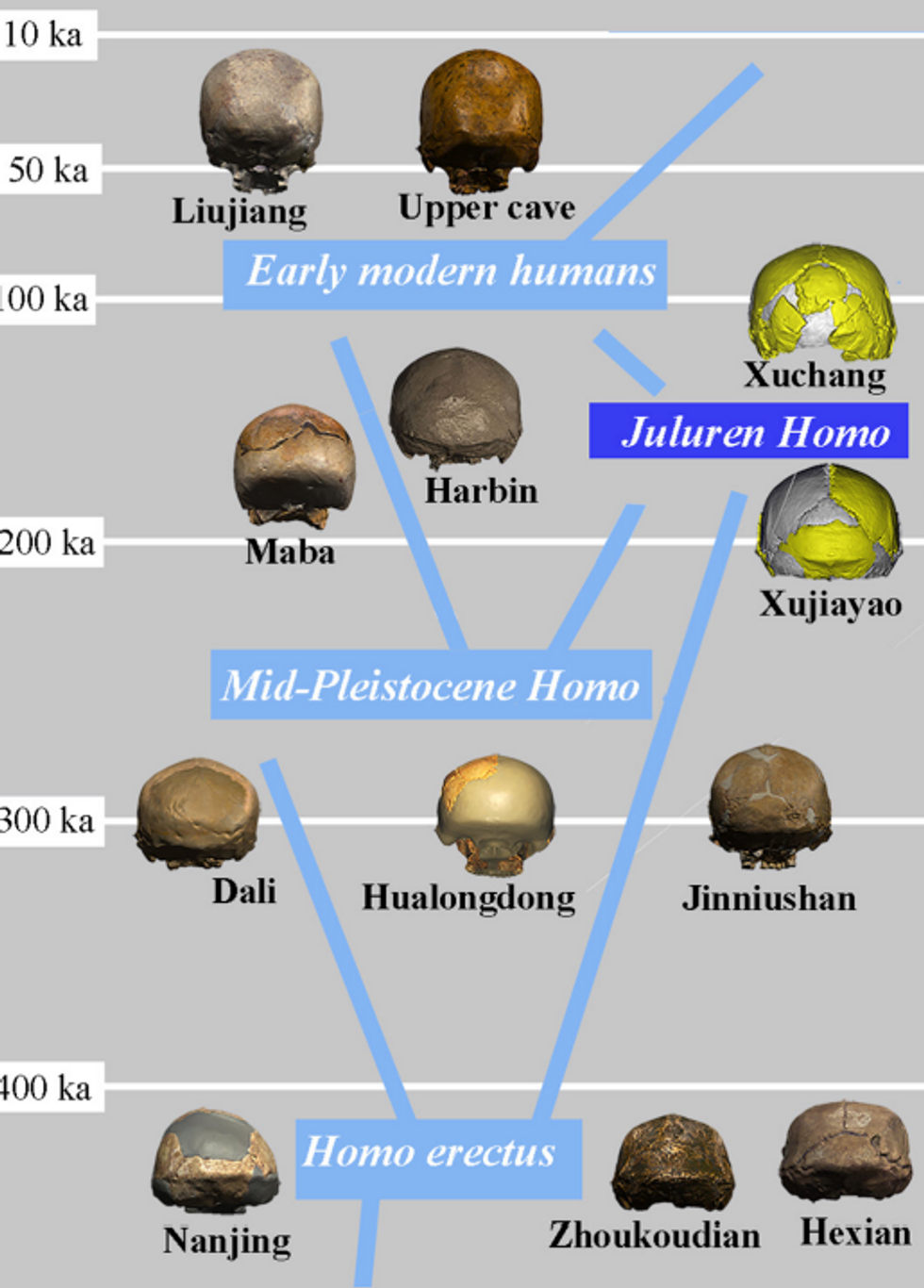Scientists have discovered a remarkable new species of ancient human with unusually large skulls who lived alongside our ancestors in China.
The species, known as Juluren – meaning ‘big head people’ – inhabited parts of China between 300,000 and 50,000 years ago.
Researchers believe these ancient humans would have had larger brains than any known hominin species, including modern-day humans.
The discovery challenges previous assumptions about human evolution in Asia, where scientists had typically grouped various fossil findings together.

Researchers identified distinct characteristics in fossil records that set this species apart
Wu, 2024
Paleoanthropologist Professor Xiujie Wu from the Chinese Academy of Sciences and anthropologist Dr Christopher Bae from the University of Hawai’i identified distinct characteristics in fossil records that set this species apart.
The ancient humans were relatives of Neanderthals and Denisovans, suggesting a complex pattern of interbreeding among early human species in Asia.
By piecing together skull fragments, researchers estimate the Juluren had a brain volume of 1700ml, significantly larger than the 1330ml typical of modern humans.
The skull wasn’t just larger – it had a distinctive shape, being notably wider at its base compared to typical human skulls.
MORE LIKE THIS:
These unique characteristics were identified through analysis of fossils discovered in China, including fragments found in the 1970s and additional skull pieces uncovered in 2005.
The most complete skull was discovered in China’s Nihewan Basin, an area that was once covered by a large lake 300,000 years ago.
Scientists found additional evidence in the form of jaw and teeth fragments, which showed similarities to Neanderthals but with enough distinct features to suggest a separate species.
Professor Wu and Dr Bae analysed 21 hominin fossils from various individuals discovered in China during the 1970s, alongside skull fragments from two individuals found in 2005.

These unique characteristics were identified through analysis of fossils discovered in China
Wu, 2024
Using new techniques for organising fossil evidence, the researchers identified characteristics that didn’t match any known human species.
The team focused their research on the Nihewan Basin, where ancient settlements were established along the shores of what was once a vast lake.
‘Collectively, these fossils represent a new form of large-brained hominin’, Professor Wu and Dr Bae argued in their paper published in PaleoAnthropology.
Their findings suggest there was significantly more interbreeding and shared ancestry between various hominin groups in Asia during the period between 300,000 and 50,000 years ago than previously thought.
The Juluren would likely have hunted wild horses in small groups and made simple stone tools for cutting, possibly crafting clothing from animal hides.
However, the discovery has sparked debate in the scientific community, with some experts noting the relatively limited fossil evidence.
Professor Jonathan Hawk of the University of Wisconsin-Madison described the research as “provocative” but supported the basic premise of the Juluren theory.
The species is yet to receive official scientific recognition from taxonomic authorities.
The discovery joins other recent findings of ancient human species in Asia, including the ‘dragon people’ (homo longi) and the diminutive homo floresiensis from Indonesia.
These discoveries are forcing scientists to reconsider their understanding of human evolution in Asia, suggesting a far more complex picture than previously thought.